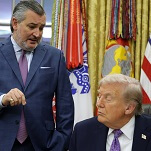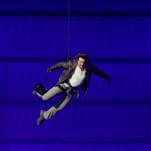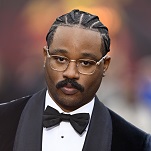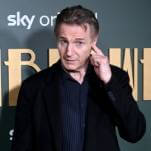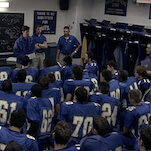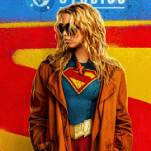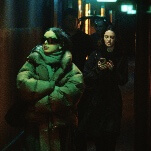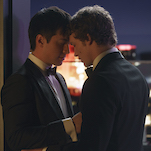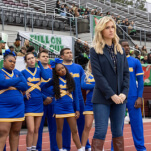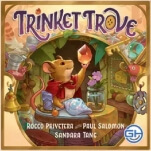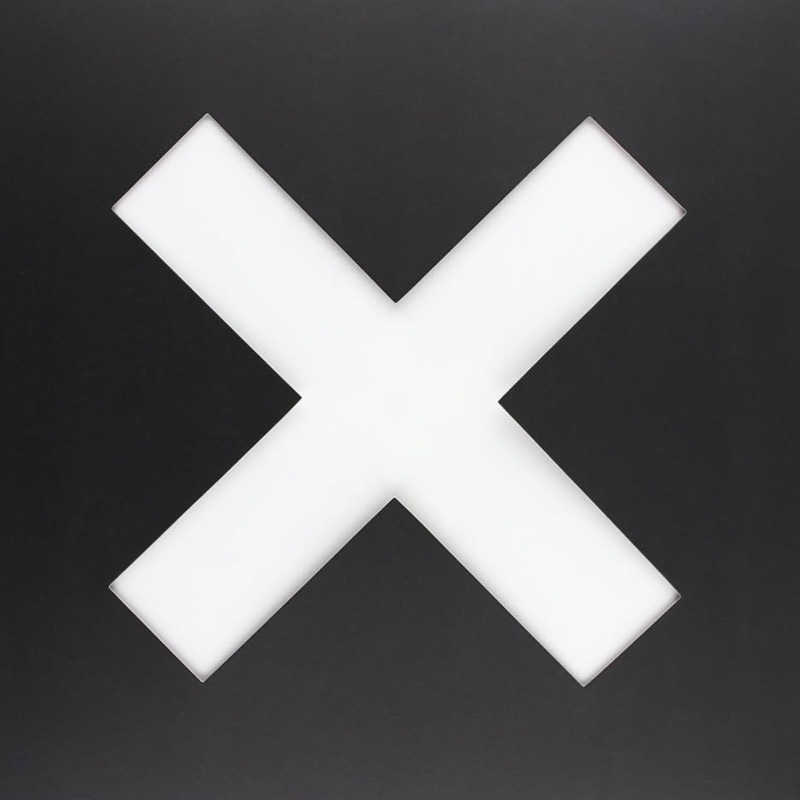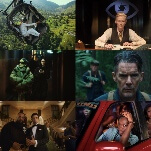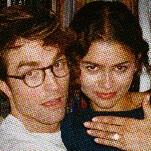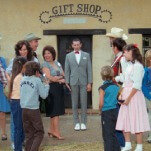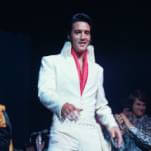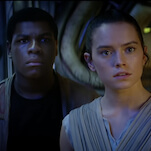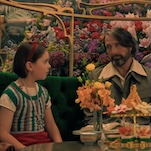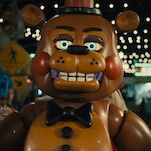How MTV sucked the life out of the VMAs
Image: Illustration: Karl Gustafson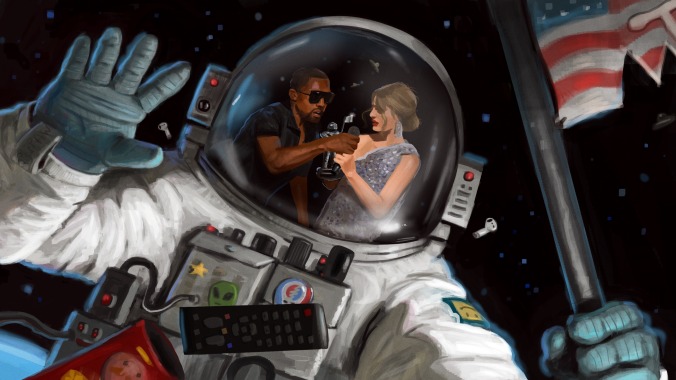
If you were ever a teenager in America, there’s a good chance that, at some point in your youth, you spent at least one night of your life watching in rapt attention as MTV’s Video Music Awards unspooled in front of you, from the first moment of backstage hype to the desultory closing minutes, an ending usually defined by a musical act fighting valiantly against the collective knowledge that this fucking thing is over already. You probably didn’t care who won—unless you made a few phone calls and/or texts to vote for a particular artist—so much as you were there for the spectacle. Which makes sense; that’s always been the point of the VMAs. They’re designed purely in hopes of generating water-cooler conversation moments.
Which is precisely why there are fewer and fewer such instances actually birthed each year. As any person (or corporation, just as often) that’s tried to artificially bump something to the front page of Reddit has discovered, you can’t plan in advance what people will care about. You can’t make something “go viral.” And you sure as shit can’t engineer stunts guaranteed to get people talking. All of which is bad news for MTV, which has done everything in its power over the past 35 years to breed out any potential for spontaneity or unexpected surprises during its broadcast. MTV wants stage-managed chaos, rigorously rehearsed moments of faux controversy, and spectacle-filled wackiness meticulously planned within an inch of its life. It wants the credibility and cache of free-wheeling celebrity antics without the actual presence of such behavior. And what it definitely doesn’t want is surprises. MTV hates surprises.
This isn’t a shock, obviously, any more than it would be a shock to learn that publicly traded companies only donate to nonprofits in hopes of generating publicity and consumer goodwill. MTV is a business, and like any business, it wants to be in control of as much of its practices as possible. True, its earliest employees may have received memos instructing them to stop using their key cards to cut their cocaine, as it was interfering with the electronic security system, but the ’80s were a long time ago, and even then, the channel’s corporate heads were all about management and brand control. Like a lot of businesses, MTV would rather run smoothly than be a bit more successful, because people in boardrooms don’t like to worry about their jobs. (They prefer to leave that to the rest of us.) Launched in 1981 because American Express bought Warner Cable as a way to sell more credit cards via TV, by 1985—one year after the first VMA ceremony aired—MTV had gone public as a stand-alone entity, and its business practices soon looked a lot less like the raucous clash of money-meets-art that had so long defined the music industry, and more like standard operating procedure for any Fortune 500 company.
While much of this transformation played out behind the scenes at the company (some of it detailed in the book I Want My MTV: The Uncensored Story Of The Music Video Revolution), you can see a longer, more drawn-out version of the channel’s increasing commodification and corporatization play out on screen by watching the VMAs over the years, from its rough and ramshackle first iteration to its hollowed-out, gimcrack recent years. It’s important to note this isn’t about the transformation of popular music from largely white-guy-dominated rock to the hip-hop- and R&B-derived pop that now drives the mainstream music industry—MTV’s institutional racism and prejudice against black artists in the ’80s was certainly an issue, but glossy pop artists were just as often the leading insurrectionaries back in the day, and image-conscious rock bands were conversely extremely willing to take orders about their look, behavior, and even musical endeavors.
No, what it’s about is the difference between surprise and stunt, between disruption and deliverables, between the playful spirit of combative performers and the stringent guidelines of producers intent on smoothing out any televised hiccups. It’s about the efforts of MTV to run a tight, well-orchestrated ship of performances against the efforts of the people who actually make the music people tune in to see pushing back against such straitjacketing. This is perhaps best symbolized by the moment in 1992 when Nirvana, angry that MTV had threatened retaliation if the band refused to play one of its hits instead of a new song (the channel suggested it would fire band friend and MTV employee Amy Finnerty were they not to fall in line), began a performance of “Lithium” with Cobain strumming a few bars of “Rape Me” instead. Then-MTV President Judy McGrath reportedly let out a shriek and ran into the production booth, ready to cut to commercial. Yes, MTV would rather torpedo arguably the biggest act of the night and generate a ton of bad press for itself than allow a song that wasn’t pre-approved from going out over the airwaves. Control over all else.
But the channel has never seemed to understand that letting the seams show was one of the most endearing (maybe the only endearing) things about MTV, generating a sense of relatability that was more valuable with a deeply profitable youth demographic than all the polished “Check it out, young people!” ads they could produce. And the very first Video Music Awards, hosted by Bette Midler and Dan Ackroyd (which was as weird as it sounds), saw the final presentation of the night hijacked by Eddie Murphy, who impulsively decided to bring out the guy responsible for blowing “festive” amounts of confetti into the crowd and promising him an ass-whooping. It was a glimpse behind the scenes, and a moment that showed an awards show that could deviate from the playbook in honest and hilarious ways.
Cut to one year later, with Murphy even more famous than he already was, and MTV asked him to host the entire endeavor. The comedian said yes, and brought his freewheeling, improvisational attitude with him. This is maybe best demonstrated in a lengthy and random bit where Murphy decides to nab presenter Morris Day and Best Concept Video award winner Glenn Frey—both of whom were obviously unprepared for Murphy’s impetuous grab—and ropes them into an impromptu live trip downstairs to the press lounge. What follows is extended periods of silence and/or just-out-of-mic-range comments from the two guests, as they wend their way through the audience, downstairs, and eventually reaching their destination, before Murphy detours into the women’s lounge area outside the bathroom, surprising at least a couple women heading back upstairs. Watching the cameras scramble to keep up with the host as he follows his muse is almost as good as the strange slice-of-celebrity-life study contained in the unrehearsed segment.

